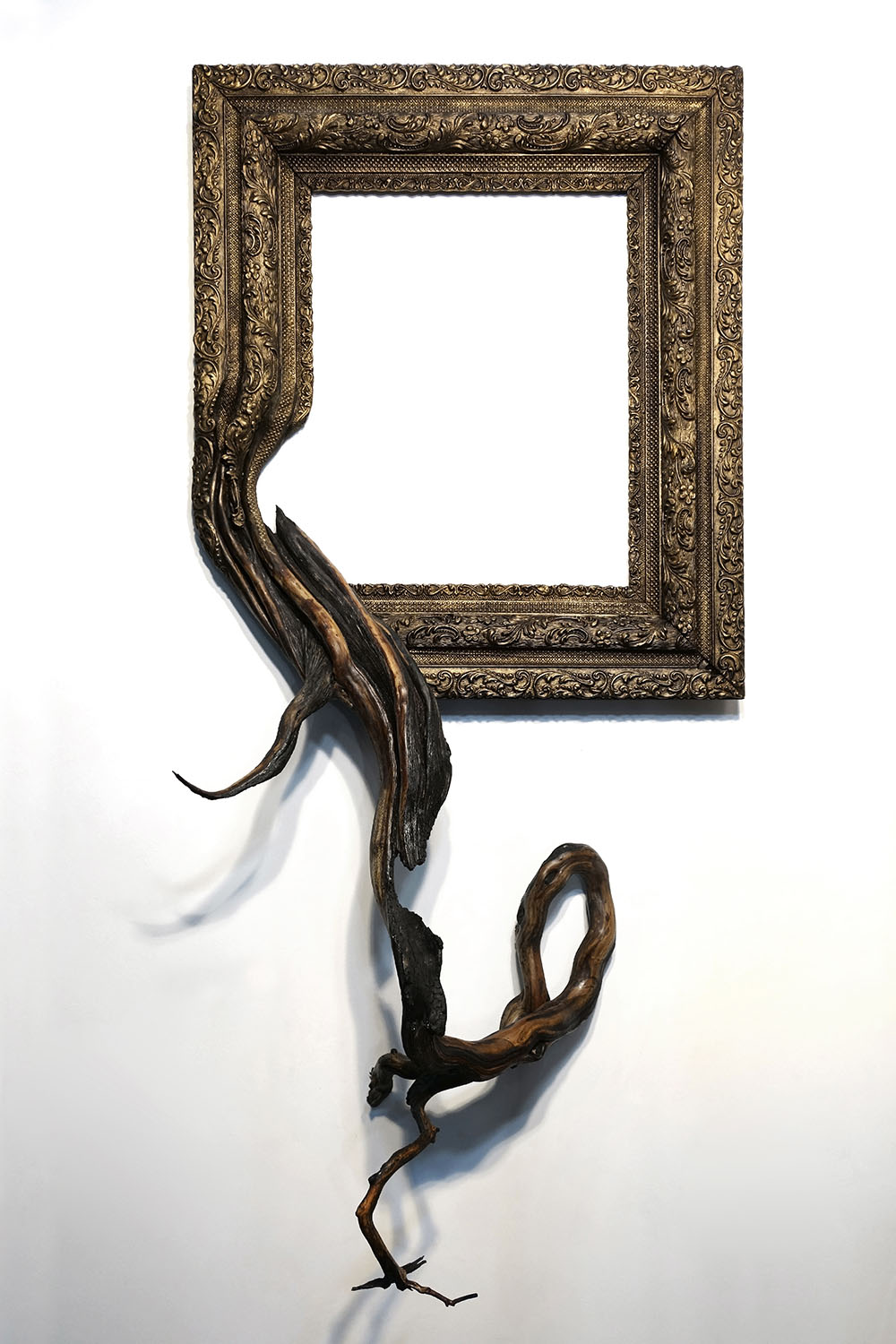Think twice before you swat that mosquito. It just might be a delicate glass sculpture, at least if you’re in the presence of Yuki Tsunoda, a young sculptor who shapes glass into insects and plants that are almost exactly to scale.
The 26-year old artist first began working with glass in 2012 when she attempted to visualize the disgust and aversion most people have to insects, especially when they swarm together. But as she studied them more and more she began to take note of the beauty of each individual body part. Tsunoda eventually shifted her focus to emphasizing the beauty of insects by recreating them in realistic forms, and to scale, using glass.
Beautiful work! There’s much more to see and read at Spoon & Tamago.



























